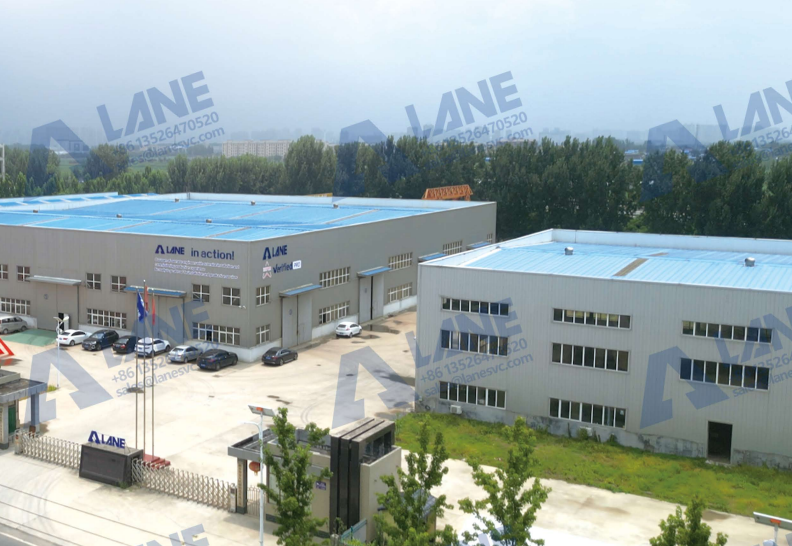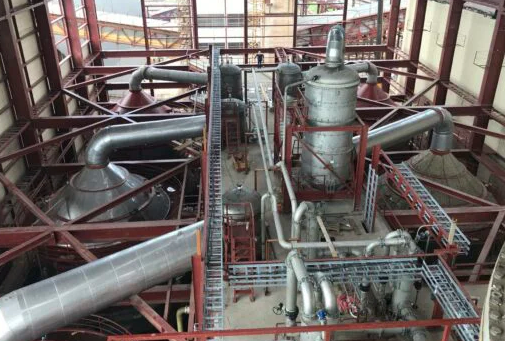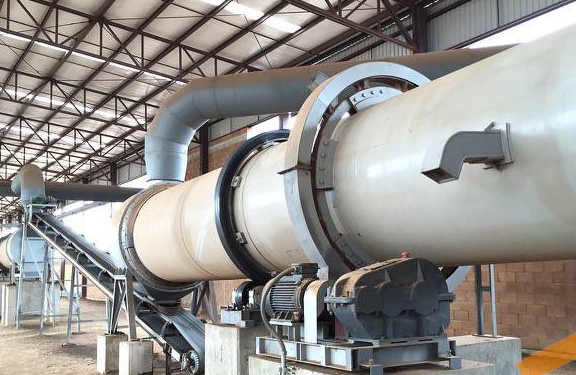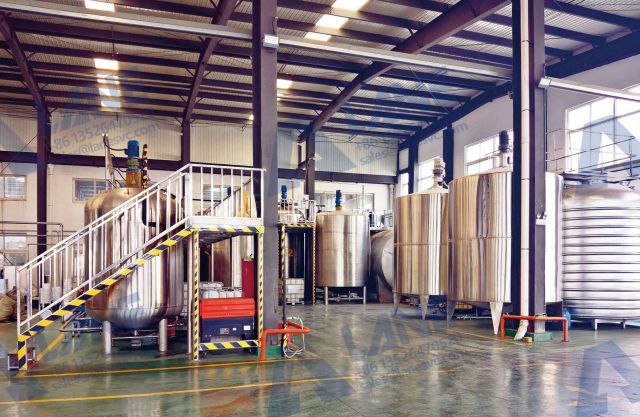Fertilizer Blending Equipment: Ensuring Precision in Fertilizer Production
In modern agricultural production, the precise blending of fertilizers is critical to improving soil fertility and promoting plant growth. Fertilizer blending equipment plays a vital role in ensuring that different fertilizer components are mixed accurately to produce high-quality, uniform fertilizers. In this article, we will explore the different types of fertilizer blending equipment, including Double-Shaft Blender, Disc Blender, and Horizontal Blender, and how they contribute to improving precision and efficiency in fertilizer production.
What is Fertilizer blending equipment?
Fertilizer blending equipment refers to machines used to blend various raw materials, such as nitrogen, phosphorus, and potassium, into a homogeneous mixture. These machines are essential in the production of NPK fertilizers, BB fertilizers, and other types of compound fertilizers. The goal is to ensure uniform distribution of nutrients in each granule, which is crucial for the effectiveness of the final fertilizer product.
Types of Fertilizer Blending Equipment
-
Double-Shaft Blender
The Double-Shaft Blender is one of the most widely used pieces of fertilizer blending equipment. It operates using two rotating shafts with helical blades, which stir the materials in opposite directions. This motion creates a high level of agitation, ensuring that the fertilizer components are evenly mixed. The double-shaft design allows for efficient blending of both powder and granular materials, making it suitable for large-scale fertilizer production. -
Disc Blender

The Disc Blender is another popular piece of equipment for fertilizer blending. It features a rotating disc that lifts and drops the materials, ensuring a thorough and even mixing process. This type of blender is particularly effective for mixing smaller batches of fertilizer or when precise control over the blending process is required. Its design ensures that the blended materials are uniform and well-distributed, which is crucial for producing high-quality fertilizers. -
Horizontal Blender
The Horizontal Blender uses a horizontal rotating drum to mix materials. It is designed to handle a wide variety of materials, including granular, powder, and even more complex mixtures. This type of blender is ideal for mixing bulk fertilizers quickly and efficiently. Its smooth mixing action minimizes the formation of clumps and ensures that all raw materials are consistently blended, which is essential for large-volume fertilizer production.
Advantages of Fertilizer Blending Equipment
-
High Precision Mixing
The primary advantage of using fertilizer blending equipment is its ability to mix raw materials with high precision. This ensures that the final fertilizer product has a consistent nutrient profile, which is crucial for effective crop growth. By ensuring uniformity, these machines help eliminate the risk of nutrient imbalances that could affect crop yield and soil health. -
Increased Production Efficiency
Modern blending equipment incorporates automation, which reduces the need for manual intervention. This results in faster and more efficient production processes. Automated systems also help minimize human error, leading to better consistency and quality in the final product. -
Energy Efficiency
Fertilizer blending equipment is designed to be energy-efficient, reducing the amount of power needed to operate the system. The improved blending efficiency also leads to reduced production costs, making it a cost-effective option for large-scale fertilizer manufacturers. -
Enhanced Product Quality
With precise blending, fertilizer manufacturers can ensure that each batch of fertilizer is of high quality. The uniformity in nutrient distribution ensures that crops receive the necessary nutrients evenly, which improves soil fertility and leads to higher crop yields.
How Fertilizer Blending Equipment Works

The process of fertilizer blending typically involves feeding raw materials into the blending chamber, where they are mixed using one of the above-mentioned methods. Whether it’s the rotational action of a Double-Shaft Blender, the lifting and dropping motion of a Disc Blender, or the horizontal mixing action of a Horizontal Blender, the equipment ensures that the raw materials are thoroughly blended. The final product is then discharged and ready for further processing, such as granulation or packaging.
Choosing the Right Fertilizer Blending Equipment
Selecting the right fertilizer blending equipment depends on several factors:
- Material Characteristics: Different raw materials have different physical properties, such as particle size, density, and moisture content. It’s important to choose a blending machine that can handle the specific characteristics of the materials you plan to mix.
- Production Scale: The size and capacity of the blending equipment should match the scale of your fertilizer production. Larger-scale operations may require more robust and higher-capacity machines.
- Automation Level: Consider the level of automation you need. Fully automated systems can improve production efficiency and reduce labor costs, but may have a higher upfront cost.
- Maintenance and Support: Choose equipment that offers easy maintenance and reliable after-sales support to ensure smooth operation and minimize downtime.
Conclusion
Fertilizer blending equipment is an essential part of modern fertilizer production. Whether you’re producing NPK fertilizers, BB fertilizers, or other types of compound fertilizers, having the right blending equipment ensures uniformity and precision in the final product. With the right equipment, fertilizer manufacturers can improve production efficiency, reduce costs, and produce high-quality fertilizers that support healthy plant growth.
Call to Action
If you’re looking for high-performance fertilizer blending equipment to enhance your fertilizer production line, contact us today to learn more about our range of solutions. Let us help you optimize your production process and improve the quality of your fertilizers.
Latest Articles & Tips
More-

03/14
OEM Fertilizer Equipment Manufacturing: Custom Solutions for Your Production Needs
read more -

02/27
Fertilizer Granulation for DAP and MAP: Enhancing Efficiency in Fertilizer Production
read more -

02/27
Fertilizer Production Solutions: Optimizing Efficiency and Sustainability in Fertilizer Manufacturing
read more -

02/13
Chemical Fertilizer Production Line: Enhancing Agricultural Productivity with Precision Manufacturing
read more



Send a message to us